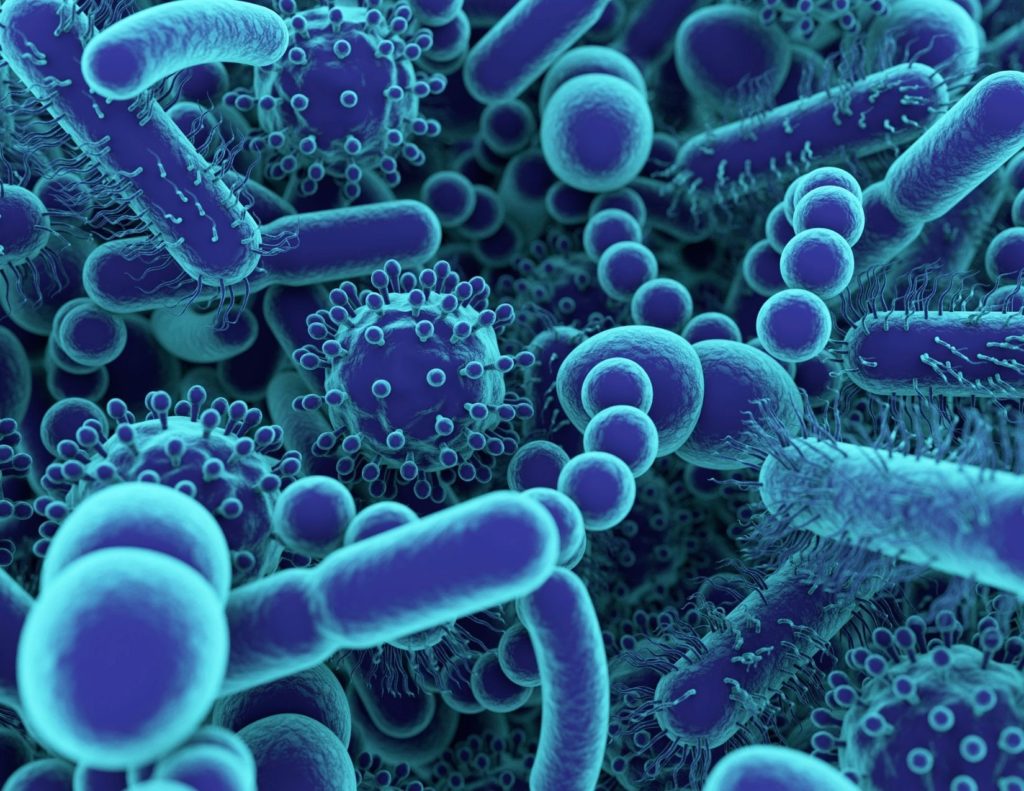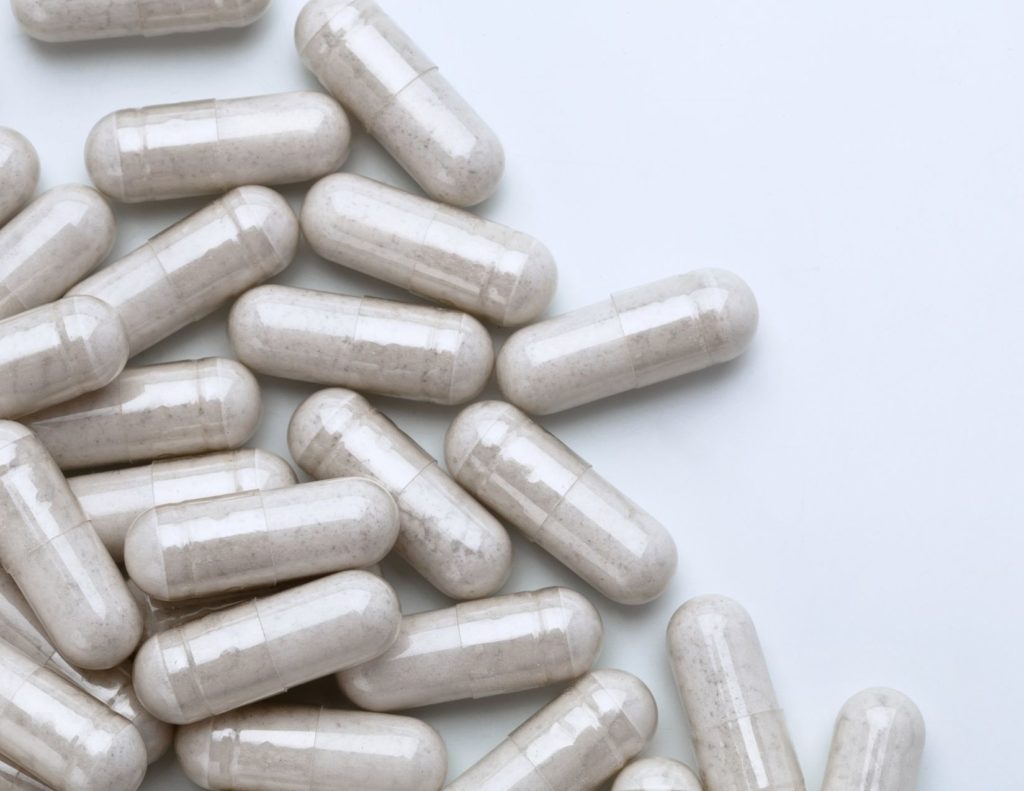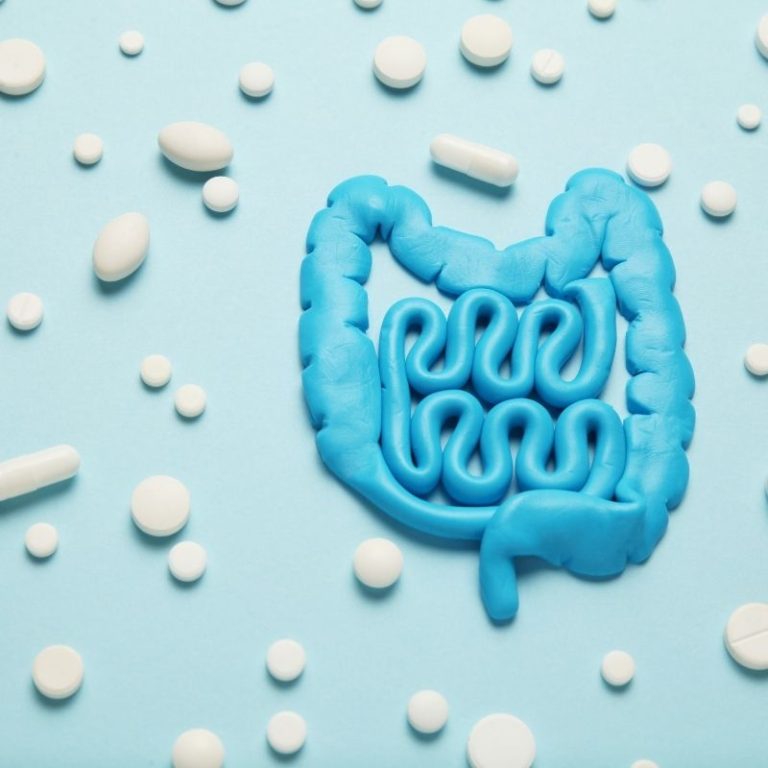If you’re wondering whether to add a probiotic (for yourself or your children) to your shopping list this fall, you’re not alone!
We all want to be healthy, especially amidst a global pandemic. Taking a probiotic might feel like a simple thing to do to help keep you healthy; after all, you just have to remember to pop it in your mouth every day.
To help decide if you or your kids should take a probiotic, it’s beneficial to understand the science behind what the bacteria in your gut are all about!
Did you know that half of our bodies are human cells and the other half are bacteria? Yep that’s right! We’re oozing with bacteria! Furthermore, most of those bacteria hang out in our digestive tract. (P.S. If you don’t believe me on this one, you can read more about this here.)
The bacteria that make us who we are

It’s easy to think of our gut (aka digestive tract) as a long tube that moves food through our body. So long as it’s not causing us discomfort, we’re pretty happy. Of course the truth is, our digestive tract is a whole lot more sophisticated than that!
Besides the important anatomy, enzymes and secretions, there’s a whole world of bacteria that make up our microbiome. In fact, did you know that research has uncovered that the human colon has 500 to 1000 different bacterial species that make up our microbiome? It is this microbiome that helps contribute to a “healthy gut”.
It starts at birth
We’re born with a sterile gut (no little bacteria friends inside the womb). However, within hours of birth, the colonies of bacteria start to grow. Researchers have learned that the particular species of bacteria that grow in our gut are impacted by how we are born (vaginal birth or c-section), where we are born (home or hospital), and what we are fed (formula or breastmilk).
Playing the host
Just like kids grow rapidly, our microbiome increases in size and diversity until approximately 12 years of age. Then it becomes relatively stable into adulthood (Mohajeri). Our bodies provide a complex ecosystem for bacteria to thrive (hopefully the beneficial ones). This ecosystem is impacted by our environment, our diet, medications, genetics, etc.
No two people have the same microbiome. Accordingly, there’s no “one size fits all” solution for having a healthy gut.
What does our microbiome do for us?
This is actually an incredibly complex question that hundreds (ok thousands!) of articles have been written on and that researchers are seeking to better understand. Here are some known functions of the microbiome, and we’re learning more all the time.
Helps in Digestion
Through the process of fermentation, bacteria break down food substances that would otherwise be indigestible. Bacteria may be little but they are mighty workhorses!
Supports our immune system
At a basic level, the bacteria successfully compete with invading disease causing organisms for nutrients and binding sites in the digestive tract. You could say our microbiome fights for us!
Produces useful things for us
To name a few, the bacteria in our microbiome make vitamin B, vitamin K, antioxidants, and short chain fatty acids (Riviere). They’re like magicians in there – creating something from nothing!
Impacts our metabolism
Bacteria impact the absorption, metabolism and storage of calories. Less favourable types of bacteria and a decrease in variety of bacteria have been linked to obesity, Type 2 diabetes and cardiovascular disease (Sonnenberg).
Diversity is a good thing in life and in our microbiome! In general the more varieties of bacteria you’ve got in your gut, the better.
So should you take a probiotic?

There’s a host of research looking at the impact of probiotics on different conditions, and the answer is never a simple “yes take a probiotic”. The decision always depends on the disease or condition and a specific type of bacteria that has a positive impact.
If you’re interested in probiotics for specific situations in both adults and children, this chart is an excellent resource. It is a clinical tool to assist health care providers in making appropriate evidence-based decisions around probiotic therapy for patients. However, it is simple enough for you to navigate as well! It will show you which probiotic brand (and at what dose) is suitable to help treat a specific condition. Look for a probiotic that has level 1 evidence (the highest quality) of evidence for your condition.
What you won’t see on that chart is a single probiotic to take for general health or to boost your immune system! Sorry there isn’t evidence to support that!
It’s not as simple as just picking up a random bottle of probiotics.
But that’s also not the end of the story! There are foods that we can eat to help support a diverse microbiome, stay tuned for details. Spoiler alert, avoiding a “Western Diet” is a good start!
If you’re looking for some help with supporting your microbiome or your child’s, contact us today.








